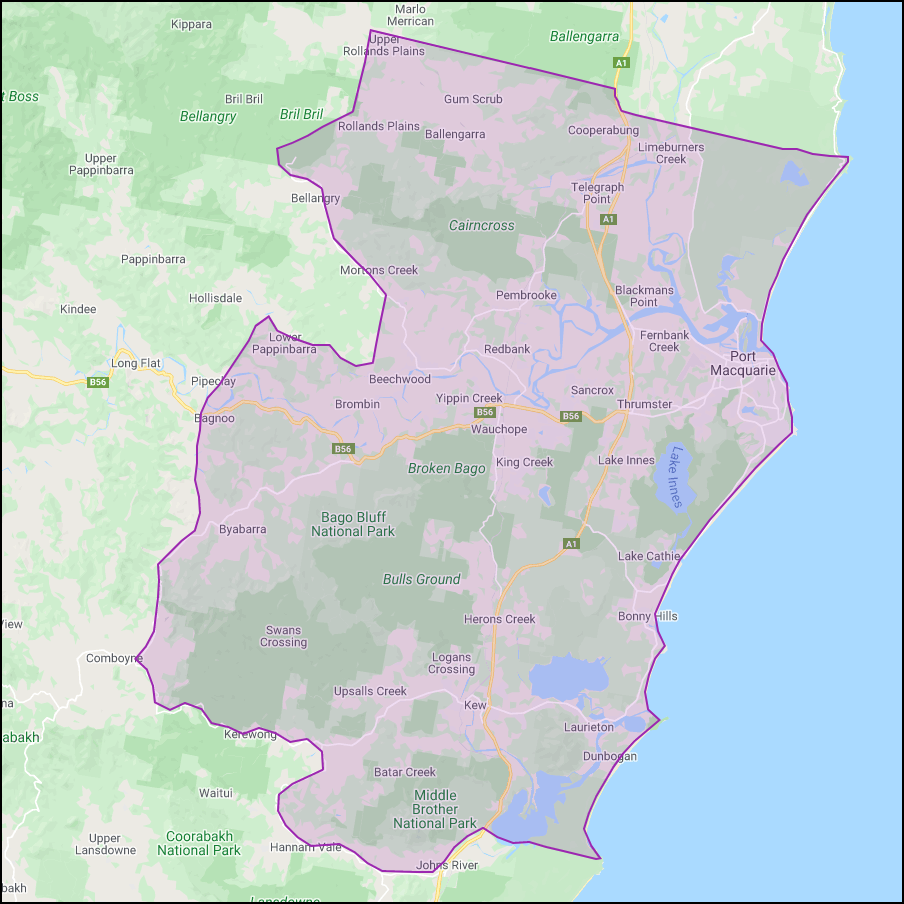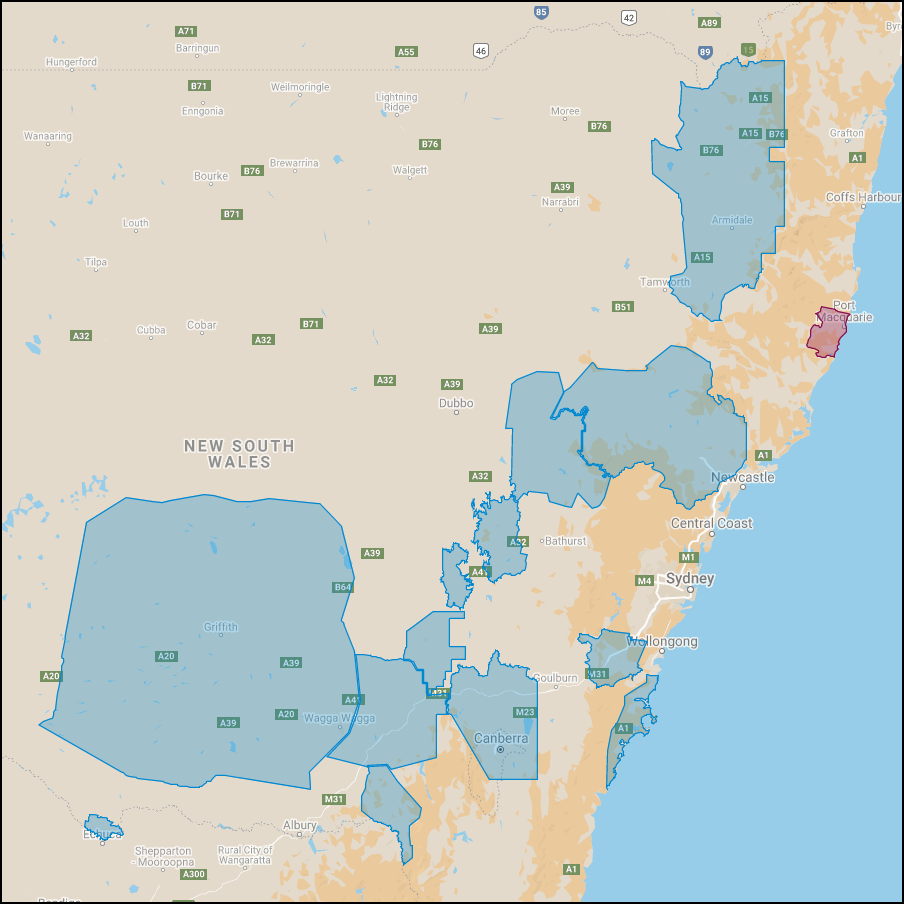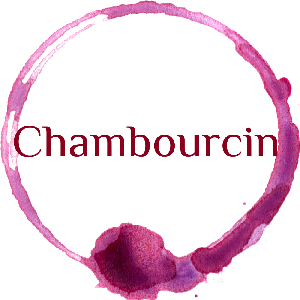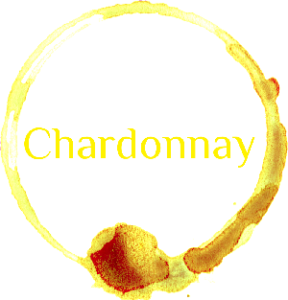The Hastings River wine region is one of the smallest and most compact regions in New South Wales and indeed all of Australia. It covers just 13 hectares of vines and achieved GI (Geographical Indication) status as recent as 1999.
It was established in 1837 with the first plantings by Henry Fancourt, a Yorkshire born colonial surveyor. The region grew to as many as 33 wineries by 1860, but like many other Australian wine regions in the early 1900s, disease and competitive pressures lead to a halt in production of wine in the region by 1920.
The region was eventually rejuvenated in 1980 by the Cassegrain family. Descending from French wine-making stock, they remain the dominant wine-makers in the region.
Today, the region consists of only around 6 wineries. It is located just 26 kilometres from the leafy, scenic shoreline around Port Macquarie. The area offers a vibrant food scene and the creative varietal interpretations, make this region an essential stop on your winery pilgrimage. Be sure to check out a local Chambourcin.
Top Stats
Harvest
Early Feb to mid Mar
Mean Jan temperature
22.5°C
Area of Vine
13 hectares
Altitude
0 – 649m
Growing season rainfall
944mm
Principal Varietals
With just 13 hectares of plantings, this is one of the smaller wine regions in Australia, offering an even split of red and white varieties. The dominant varieties are Semillon, Chambourcin, Shiraz, Chardonnay and Cabernet Sauvignon.
Notable Varietals
Whilst Chambourcin lovers will not be disappointed in Hastings River, there are examples of other varieties on offer at the local cellar doors, and not surprisingly, the largest, Cassegrain Wines, offers a huge range of different varietals including Fiano, Gewurztraminer, Viognier and Sangiovese to name a few. Bago Vineyards also offers something a little different in Savagnin and Verdelho.









